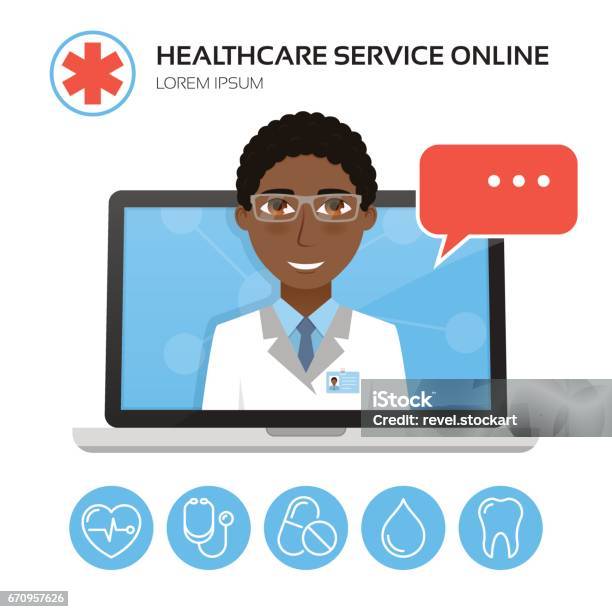The Future of Medicine: Discovering Subscription Based Healthcare Designs
How Subscription-Based Health Care Is Transforming the Medical Sector

The Surge of Subscription Health Care
In recent times, the health care sector has seen a significant shift towards subscription-based designs, reflecting wider customer patterns preferring convenience and predictability. This improvement is driven by the raising need for even more available and individualized treatment services. Subscription healthcare, sometimes described as attendant medicine or direct primary treatment, provides individuals a fixed regular monthly charge for a variety of clinical solutions, dramatically modifying traditional fee-for-service models.
The rise of subscription medical care is promoted by innovations in innovation, which make it possible for streamlined communication between patients and companies - subscription based healthcare. Digital platforms and telehealth solutions have actually ended up being indispensable, offering people the capability to set up visits, access clinical documents, and obtain appointments online. This technological assimilation not only enhances person interaction yet also permits carriers to provide more efficient treatment
Additionally, the subscription design lines up with the developing assumptions of clients who look for even more control over their healthcare expenditures and experiences. By eliminating the changability of co-pays and insurance coverage claims, subscription-based health care supplies a simple and clear method. While this design is gaining grip, its proliferation deals with obstacles such as governing difficulties and the requirement for broader approval within the traditional health care ecosystem. Its expanding visibility marks a pivotal moment in the development of health care distribution.
Advantages for Clients and Providers
Subscription-based medical care supplies a plethora of advantages for both service providers and people, improving the dynamics of clinical care. For patients, this version offers boosted accessibility to healthcare solutions.
For medical care suppliers, subscription-based designs cultivate a more sustainable and satisfying practice. Administrative tasks are typically streamlined, minimizing overhead prices and allowing companies to dedicate more time to person interaction. Overall, subscription-based medical care aligns the incentives of individuals and suppliers, advertising a much more effective and patient-centered healthcare shipment system.
Secret Attributes of the Model
Frequently, the crucial features of the subscription-based medical care design emphasize its unique strategy to supplying clinical solutions. Central to this model is the idea of predictable, regular monthly payments, offering clients an extensive series of solutions without the changability of standard fee-for-service frameworks. This model typically consists of limitless accessibility to health care services, preventive care, and routine check-ups, making sure that people can involve with their doctor proactively as opposed to reactively.
Furthermore, direct interaction networks, such as telemedicine and messaging systems, are stressed, allowing clients to receive timely suggestions and consultations without needing in-person visits. This enhances accessibility and comfort, specifically for individuals with mobility restrictions or those staying in remote areas. The model additionally cultivates more powerful doctor-patient YOURURL.com connections, as medical original site care providers are incentivized to concentrate on long-lasting health end results rather than temporary brows through.
Furthermore, subscription-based medical care typically incorporates technological technologies, such as electronic health and wellness documents and health and wellness monitoring apps, to offer tailored and reliable treatment. People profit from coordinated and continuous treatment administration, which is tailored to their certain wellness demands. Inevitably, these functions jointly create a patient-centered healthcare experience, focusing on ease of access, cost transparency, and preventative care.

Challenges and Factors To Consider
While the subscription-based health care model provides countless advantages, it is not without its considerations and challenges. One significant obstacle is making sure fair gain access to. Subscription designs may unintentionally prefer those with greater socioeconomic standing, potentially broadening differences in medical care gain access to for lower-income individuals who may battle with monthly charges. This raises ethical worries about inclusivity and equity in healthcare delivery.
An additional challenge depends on regulatory conformity. Subscription-based medical care needs to navigate an intricate internet of guidelines that vary by region, including problems around person confidentiality, information defense, and state licensing demands. Making certain compliance without hindering the version's adaptability and innovation can be discouraging for suppliers.
Additionally, there is the danger of overutilization or underutilization of solutions. Clients paying a dealt with charge may overuse services, causing enhanced functional prices, while others might underutilize because of fear of straining the system, possibly disregarding essential care.
Future Prospects and Innovations
The next page landscape of subscription-based healthcare is poised for makeover with arising advancements and evolving prospects. As modern technology continues to advance, the integration of man-made knowledge and artificial intelligence offers significant possibilities to boost analysis accuracy and streamline individual management. Anticipating analytics can reinvent preventative care by recognizing potential wellness threats before they show up, thereby minimizing both expenses and the problem on healthcare systems.
In addition, telemedicine is readied to increase within subscription designs, offering individuals enhanced access to healthcare professionals despite geographical restrictions. This not just assists in continuity of treatment yet likewise equips individuals to engage more proactively in their health and wellness management. Additionally, blockchain innovation uses possible in safeguarding client information and making certain interoperability across systems, cultivating depend on and openness.
Partnerships between tech business and health care service providers are likely to produce cutting-edge remedies, enhancing client experiences and results. As these prospects emerge, subscription-based health care has the possible to redefine just how care is supplied and accessed.
Verdict
Subscription-based healthcare is transforming the clinical market by using a much more accessible, foreseeable, and patient-centered technique to clinical solutions. This model enhances patient-provider partnerships, ensures monetary transparency, and emphasizes precautionary care with unrestricted appointments and telemedicine. Regardless of challenges such as regulative difficulties and prospective variations in accessibility, the registration model holds assurance for a more efficient and customized health care experience. As innovation advancements, further technologies are most likely to resolve existing challenges and optimize health care distribution.
Membership healthcare, occasionally referred to as concierge medication or straight main treatment, offers people a fixed regular monthly cost for a range of medical solutions, substantially altering standard fee-for-service versions.
Furthermore, the registration version lines up with the evolving assumptions of individuals that look for more control over their healthcare expenditures and experiences. For clients, this version offers enhanced accessibility to medical care services. Generally, subscription-based health care straightens the motivations of patients and service providers, promoting an extra patient-centered and effective health care distribution system.
In addition, telemedicine is set to increase within registration designs, offering patients increased accessibility to healthcare experts regardless of geographical restraints. - subscription based healthcare